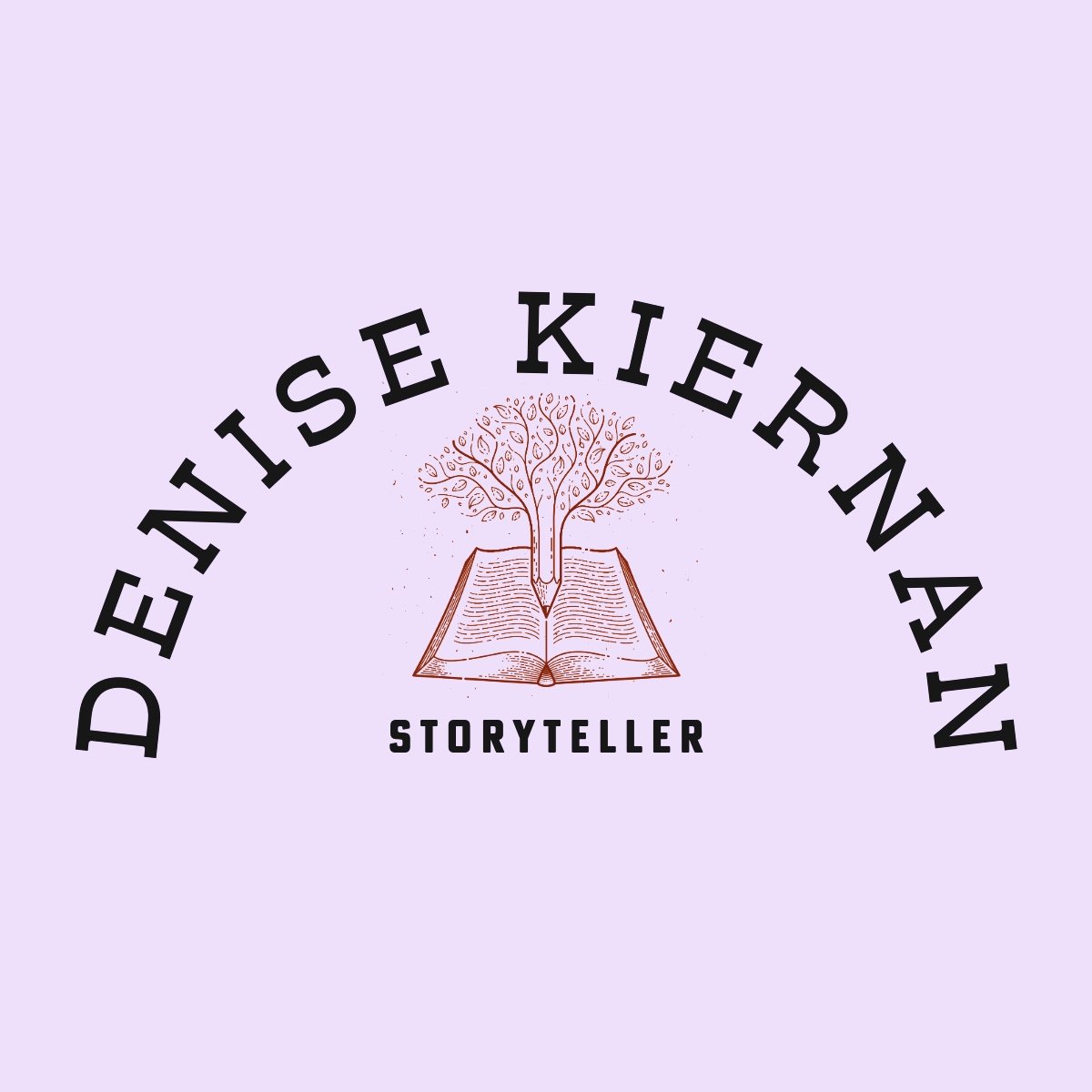Recently, my husband, author Joseph D’Agnese, “tagged” me in his “The Next Big Thing” blog post. “Next Big Thing” works like this: one writer answers some questions about her next book and then passes that blog post along to other writers she knows, “tagging” them. (See end of this post for my author picks.) Those writers then answer the same questions a week from now and so it continues, kind of like a chain letter, but without the threats of doom and dread.
So now, tag—I’m it.
1) What is the title of your next book?
The Girls of Atomic City. Here’s a look at the cover:
2) Where did the idea come from for the book?
Years ago, while researching another project, I came across a fantastic black-and-white photograph by Ed Westcott. In the photo, two rows of young women sat on stools in front of large panels covered in knobs and dials. The caption next to the photo explained that these young women, many right out of high school in rural Tennessee, were working to help enrich uranium for the first atomic bomb…only they didn’t know that at the time. I was instantly hooked and began researching the town—Oak Ridge, TN—and tracking down people who had worked there during the war.
3) What genre does your book fall under?
Narrative non-fiction, narrative history.
4) What actors would you choose to play the part of your characters in a movie rendition?
I would love to see Jennifer Lawrence and Emma Stone portray young women in an adaptation of this story. I was really mesmerized by Lawrence’s layered performance in Winter’s Bone.
5) What is the one-sentence synopsis of your book?
Young women travel to a secret city in East Tennessee to work, unbeknownst to them, on the world’s first atomic bomb.
6) Will your book be self-published or represented by an agency?
I took the traditional route, start to finish. The book was represented by my agent, Yfat Reiss Gendell, of Foundry Literary + Media, and will be published by Touchstone/Simon & Schuster on March 5, 2013.
I am looking into self-pubbing some upcoming works that I think would have trouble finding a more traditional home. I love the increasing number of options that working writers have today.
7) How long did it take you to write the first draft of the manuscript?
Oy, that question is almost impossible to answer. I often have several projects at different stages of completion at any one time. I might be reviewing copy edited pages of a completed book while I’m doing initial research for a new book and writing a first draft of my whatever project is in what I call “first position”. That, for me, is one of the hardest things about the writing life: managing several projects at once. This particular book has been in my life for nearly seven years, and I have done countless drafts. I also spent a lot of time outlining and revising that outline before I started writing. So, time to complete the first draft? Maybe 6 months? But that doesn’t reflect all the organizing and planning and interviews and outlining that preceded that, the most intense period of writing.
8) What other books would you compare this story to within your genre?
Also a tough question. I’ve heard publishing people who read the proposal and early drafts compare Girls of Atomic City to Worst Hard Time by Timothy Egan, which I took as a huge compliment. I can see why they would say that, though. Both are a look at significant moments in history through the eyes of the everyday folk who lived through them.
9) Who or what inspired you to write this book?
My curiosity is often the jumping off point for anything I write about and this story is no different. However, had I not found the surviving workers from Oak Ridge to be as inspiring as I did, I may not have kept with this project and seen it through. I loved doing those interviews, and found the women—and men—who lived through this experience to be remarkably fascinating.
10) What else about the book might pique the reader’s interest?
The book is divided both visually (thanks to typesetting) and thematically according to the two “worlds” of the Manhattan Project: those who knew a good bit about what was going on, and those who knew next to nothing. In this way, the reader “knows” more than the main characters, the women, as the book progresses.
And there you have it. Now, it is my pleasure to introduce and “tag” Kim Ruehl. Please check out her blog and see what she’s been working on. I hope you’ll be moved to support her work along the way!
—Denise



